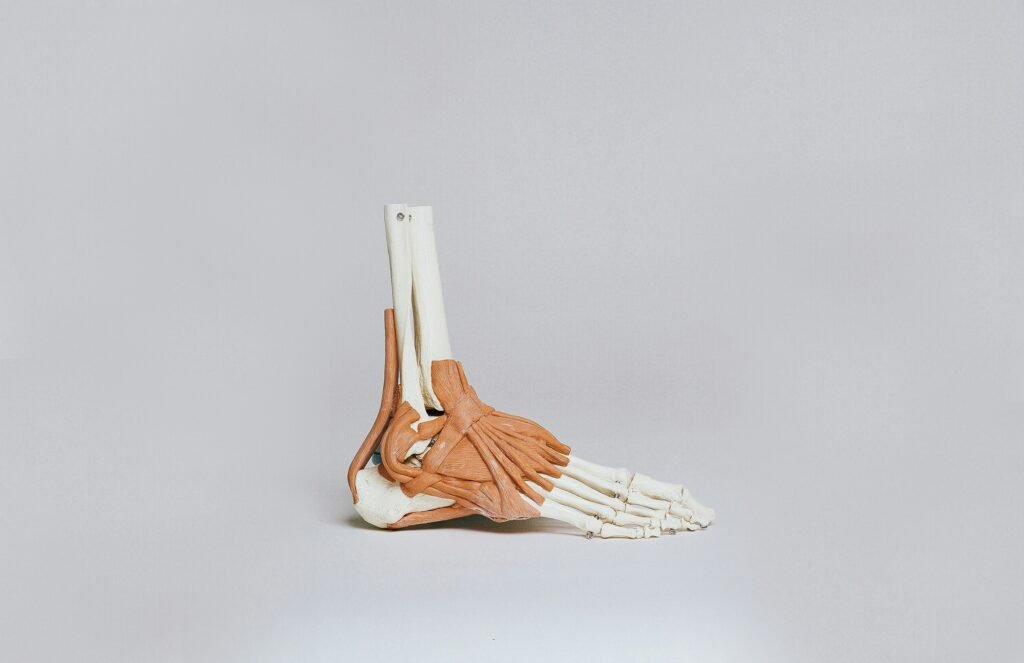
A ligament injury is also known as “sprain”. depending on the severity, it can be mild, moderate, severe
- grade 1 = mild
- grade 2 = moderate
- grade 3 = severe
Anatomy
ligament are made of fibrous tissue, which are arranged longitudinally. they are tough and elastic. theire vascularity is poor and heels always by scar tissue due to lack of special cells.
Functions
- ligaments provide support to the joint by reinforcing the capsule
- it provides stability by holding the bony ends together
- the strength of the ligaments offers protection to the joints along with the muscles
Treatment according to grades of sprain
Grade I
- slight pain and tenderness at the site of injury
- slight swelling and loss of function
- stretch test will be positive clinching the diagnosis
Treatment
- FIRST DAY
- cryotherapy is used to alleviate pain
- pressure bandage – to prevent swelling
- limb elevation
- active movements of the unaffected joints
- SECOND DAY
- add thermotherapy and stop ice therapy
- begin isometric exercise to affected muscles
- weight bearing may be permitted
- rest of the measures is same as mentioned
Grade II
- more force results in this injury
- the ligament may be partially torn or detached from the attachment
- swelling is more severe
- pain and tenderness is also more acute
- grossly restrict movement.
- weight bearing is difficult
- severely affect functions.
treatment
- cryotherapy
- compression bandaging or knee cap and braces can be helpfull
- elevation
- follow the same measures as grade 1 for the rest
Grade III
- severe violence
- gross swelling
- pain and tenderness is quite severe
- joint is unstable
- the patient is unable to bear weight
- severe loss of function
treatment
- CONSERVATIVE
- immediate application of ice
- compression bandaging
- foot end elevation
- isometric exercises to the affected limbs
- active exercises to affected
- POP cast for 6 to 8 weeks if ligament tear does not cause displacement
- SURGICAL
- If the ligament is torn and displaced, it needs surgical repair and immobilization with a POP cast for 6 to 8 weeks.
- start isometric exercise after one week
- non-weight-bearing for 3 to 4 weeks
After removal of the POP cast
- thermotherapy: ultrasound, TENS, or SWD helps to relieve pain
- use of pressure bandages to control swelling
- limb elevation to prevent edema
- transverse friction massage to relieve spasm
- active exercises to affected joints are begum slowly and progressed gradually
- perform isometrics more vigorously
- passive ROM exercises
- prescribe active, active-resisted, and self-resisted exercises
- encourage gradual progression of weight-bearing from partial to full after 6 to 8 weeks
- the patient should be functionally independent by 8 to 12 weeks